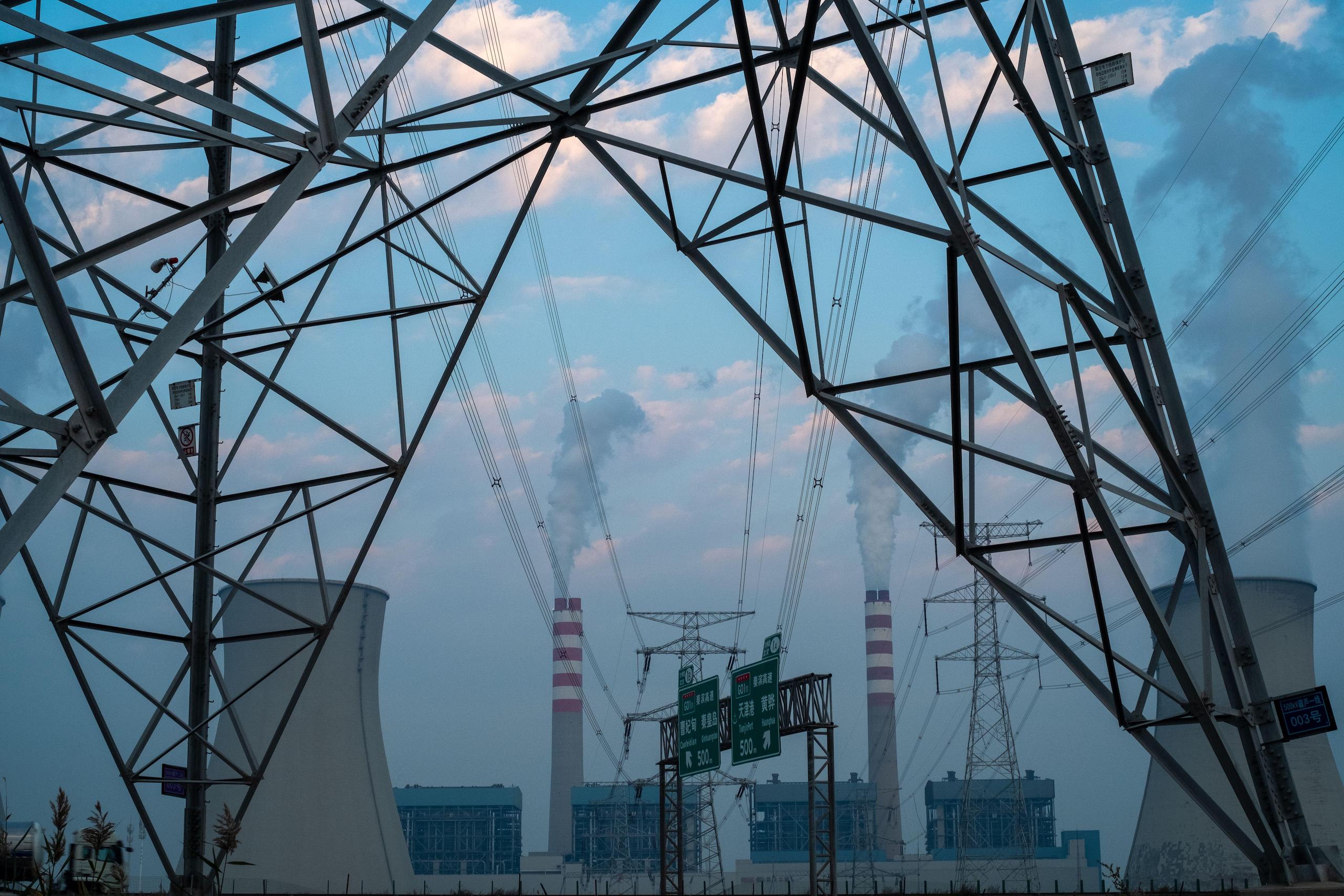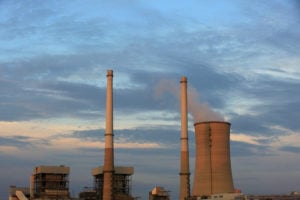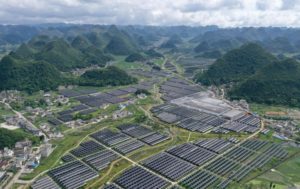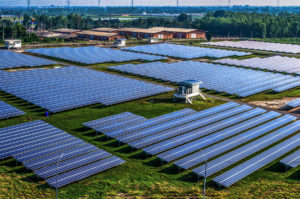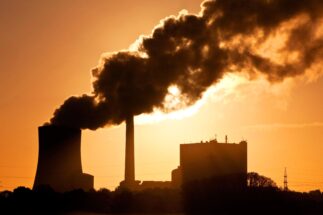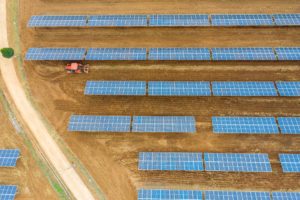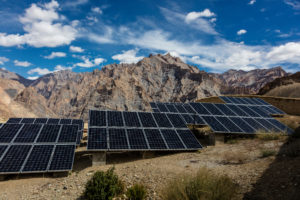China, enjoying a post-pandemic economic surge, has just suffered a headline-grabbing round of power shortages.
By the end of September, 11 provinces had experienced significant power outages. In coastal manufacturing powerhouses Guangdong and Zhejiang, power shortages forced factories to halt work, with output plummeting. In the northeast, to avoid the grid collapsing, Liaoning and Jilin were forced to restrict residential power, leading to outright blackouts – and sparking public outcry.
The outages exposed the hidden tension between economic growth and the low-carbon development agenda. Policymakers were prompted to rein in what they see as a “decarbonisation frenzy” triggered by China’s carbon neutrality pledge, and encourage instead a balanced approach between emission reductions and economic development.
What caused the power shortages?
China’s emergence from lockdown, with factories receiving more foreign orders and companies increasing output, has caused a jump in demand for power. Experts believe this is a key reason for the recent shortages.
GDP grew 12.7% in the first half of the year, compared with the same period in 2020, with industry enjoying a quick recovery. That meant a 10.5% increase in energy consumption. Total power consumption was 3.93 trillion kilowatt hours – 15.8% more than the same period in 2019, before the pandemic.
China’s energy mix means much of that extra demand is met with coal consumption. According to China Electricity Council, between January and August, 71.8% of China’s power generation came from thermal power. A report from the China Coal Industry Association put coal consumption for the first half of the year as 2.1 billion tonnes – a 10-year high. Thermal coal futures more than doubled in price between the first and third quarter of the year. However, China’s electricity pricing rules prevented power prices rising by more than 10% from a government-fixed benchmark. As power plants were losing money on the electricity they generated, they often chose not to operate at full capacity, and therefore failed to meet demand. That, combined with unexpected fluctuations in renewable power generation in some provinces, sparked a crisis.
Is the emissions reduction “frenzy” to blame?
On 30 July, China’s Politburo responded to the tightening gap between supply and demand. It called for corrections to be made to “frenzy” emissions reductions, a halt to the dismantling of existing energy infrastructure before new options are available, and a halt to reckless development of “two-high” projects – those which consume the equivalent of more than 10,000 tonnes of standard coal a year in energy, and so are high both in energy use and in emissions. The Politburo also said some local governments were going too far in their efforts to reduce emissions, given their current stages of development; while others were rushing to get two-high projects underway ahead of 2030, the year before which China plans to peak its carbon emissions.
Professor Yuan Jiahai, an energy expert at North China Electric Power University, thinks supply and demand issues are the key factor: “Coal shortages have resulted from some localities rushing to close coal mines. But overall, the reduction of coal output has been a long-term trend that has little to do with the government’s recent campaign to cut emissions.”
The reduction of coal output has been a long-term trend that has little to do with the government’s recent campaign to cut emissionsYuan Jiahai, North China Electric Power University
China has long had an oversupply of coal and coal power, and work to reduce output had been going on for years before its carbon peaking and neutrality goals were announced in September 2020. A 2016 State Council document on reducing overcapacity in the coal mining sector led to 5,500 mines closing down between 2016 and 2020, removing a billion tonnes of annual output. Similarly, in 2016 the coal power sector – China’s main user of coal – was ordered to restrict new capacity.
Until 2021, the approach was clear: hold consumption steady, and tackle oversupply of coal by reducing output. Coal consumption dropped for three years running from 2014 to 2016, and between 2017 and 2020 saw only modest growth.
That changed in the first half of this year, thanks to the jump in demand for power. The State Council responded by making urgent adjustments to coal supply: by late July, 38 open-cast mines in Inner Mongolia, earlier shut down for not fulfilling the requirements of land use permits, were again up and running, adding 66.7 million tonnes of coal output a year. In early August, Inner Mongolia, Shanxi, Shaanxi, Ningxia and Xinjiang extended trial operation periods for 15 mines which had earlier stopped production, adding a further 43.5 million tonnes of output.
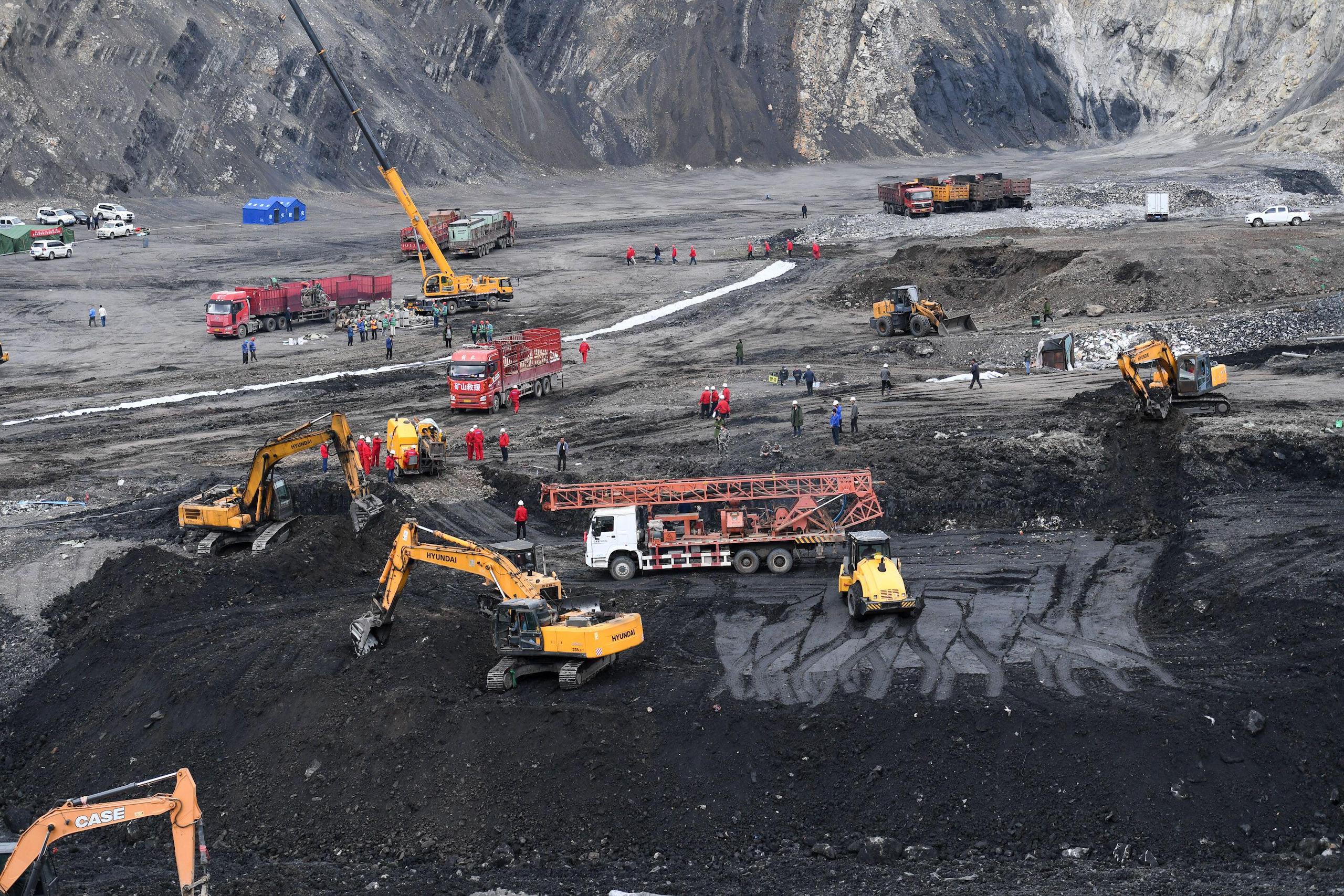
Zhang Shuwei, head of the Draworld Environmental Research Centre, described the combination of high coal prices and power shortages as “the right price at the wrong time”, meaning the coal prices seen today will be essential in the future to help bring about peak carbon and carbon neutrality.
Commenting on the leap in power demand in the first half of the year, Yuan Jiahai said: “We haven’t seen anything like it for decades. It was a low-probability, high-impact event.”
Yuan puts it down to a simultaneous boost in both domestic demand, thanks to infrastructure construction, and exports. But there will not be a sustained increase in power demand, or a rosy future for the coal market, he says. “What we need to worry about now is old-school power people pointing out the recent shortages, complaining coal power reforms have been too radical and trying to cling on to more power plants,” he said.
And sure enough, complaints that the economy was being sacrificed for the sake of the environment were heard both from power sector figures and ordinary people.
Demand side: Too much ‘two-high’
Yuan Jiahai points out that local governments are also taking measures to restrict two-high industries, including by limiting their power supply or ordering reductions in output. He believes such power cuts to industry should not be regarded as “power shortage” – they are part of the solution rather than the problem.
Two-high sectors are usually considered to include coal power generation, petrochemicals, chemicals, steel, metallurgy, building materials, coal-chemicals and coking. Allowing these sectors to expand at will would inevitably place huge pressure on power generation.
According to a recent National Development and Reform Commission (NDRC) document summarising progress towards energy targets, as of the first half of the year, one-third of China’s provinces had seen energy intensity rise rather than decrease. Another third had seen smaller falls in energy intensity than required. Meanwhile, over one-third of provinces were not on track to meet total energy consumption cap targets and were given red or amber warnings.
In provinces where energy intensity has risen, the NDRC ordered a halt to energy use approval processes for two-high projects, except those required as part of national plans. In September, Liu Dechun, head of the NDRC’s Department of Resource Conservation and Environmental Protection, said that 350 two-high projects had already been averted, avoiding the equivalent of an extra 270 million tons of coal consumption.
Alongside restricting approval of new projects, the NDRC told affected areas to implement an “orderly restriction of electricity” for two-high projects.
On 12 October, an adjustment to the electricity pricing mechanisms came into effect. The NDRC announced that, on the precondition of maintaining stable prices for residential and agricultural electricity consumers, market prices would be allowed to fluctuate up or down by 20%. This expanded the threshold, from the existing upward limit of 10% and downward limit of 15%. There was no restriction on price increases for electricity supplied to power-intensive industries. If two-high industries want more power, they may have to pay through the nose. “The two-high industries are highly sensitive to electricity costs. Removing caps on those costs is a more market-led approach to reining them in,” Yuan Jiahai commented.
Will the shortage change the pace of decarbonisation?
The shortage has put power supply stability further up on China’s list of priorities, even though the leadership has also signalled that it does not intend to change China’s top-level climate targets.
On 9 October, Premier Li Keqiang headed a meeting of the National Energy Commission, at which energy security was given top priority and made a precondition of efforts to build a modern energy system.
On 24 October, the Party Central Committee and State Council jointly issued a top-level guiding opinion on carbon peaking and carbon neutrality. Existing targets were all retained and formalised: peak carbon before 2030; achieve carbon neutrality before 2060; strict controls on coal consumption between 2021 and 2025; and falls in coal consumption in 2026 to 2030. However, a new principle was introduced in the action plan for carbon peaking that followed: carbon cuts must happen in a secure and orderly manner.
If coal only accounted for 6% of China’s electricity, there wouldn’t have been an issueZhang Shuwei, Draworld Environmental Research Centre
The trouble caused by a coal supply issue could in fact be seen as one more reason for China to cut back on the fossil fuel and improve its energy mix. “The increase in the cost of coal only caused so many problems because coal power is still China’s primary source of electricity,” Zhang Shuwei commented. “If coal only accounted for 6% of China’s electricity, there wouldn’t have been an issue.”
Recent research, headed up by scholars at the University of California, Berkley and published in the journal iScience, analysed scenarios in which China was not reliant on coal power.
The researchers found that under a high power demand scenario – assuming an average annual power demand growth of 2.7% between 2018 and 2040 – China would need to retain 310 gigawatts (GW) of coal power for reliability (reserve) needs. Under a low demand scenario – of 1.9% annual growth in demand – the entire coal power fleet could be replaced by a combination of wind, solar and energy storage by 2040. The difference between the two pathways highlights the critical importance of managing power demand.
Under the low demand scenario, to totally phase-out coal power by 2040 will require annual increases between 2020 and 2025 of 100–150 GW of solar and wind capacity and 15 GW of energy storage, with 250 GW of solar and wind capacity and 90 GW of energy storage then needed to be added annually from 2025 to 2040. China currently has around 1,100 GW installed capacity of coal power in place.
The paper emphasised that China’s 2060 carbon neutrality pledge means it should explore specific and quantifiable solutions to decarbonise the power sector. Even if it is necessary to retain some coal power for the sake of stability of supply, much will still need to be replaced with renewables.
Yuan Jiahai added that pumped hydropower energy storage could be used where appropriate, to help energy security. In the north-west, which has rich renewable resources but little hydropower potential, local natural gas could be used for power regulation during the transition, rather than coal.
But until those energy storage and natural gas facilities are up and running, Yuan said, coal power can be retained to guarantee supply and provide flexibility, with a gradual phase-out rather than a sudden halt.
Responding to industry pressure to continue building coal power plants to address future power shortages, Yuan said: “It makes more sense to take a 300 megawatt (MW) coal power plant, due to be phased out but still reliable and running well, and extend its lifetime so it can provide more value, than build a new 600 MW plant and only run it for a mere 3,000 hours a year. That avoids unnecessary new coal power plants, but still resolves power security concerns.”
Correction notice: The original version of this article stated that China had committed to peaking its carbon emissions by 2030 and reaching carbon neutrality by 2060. On 21 January 2025, this was corrected to before 2030 and before 2060.
